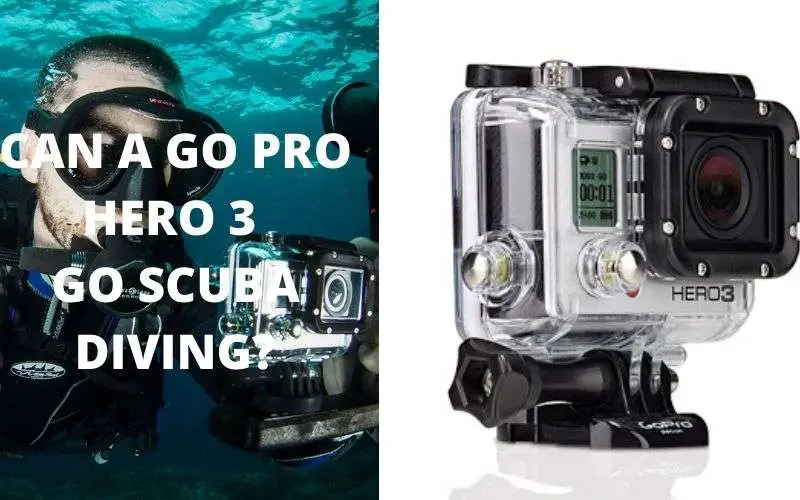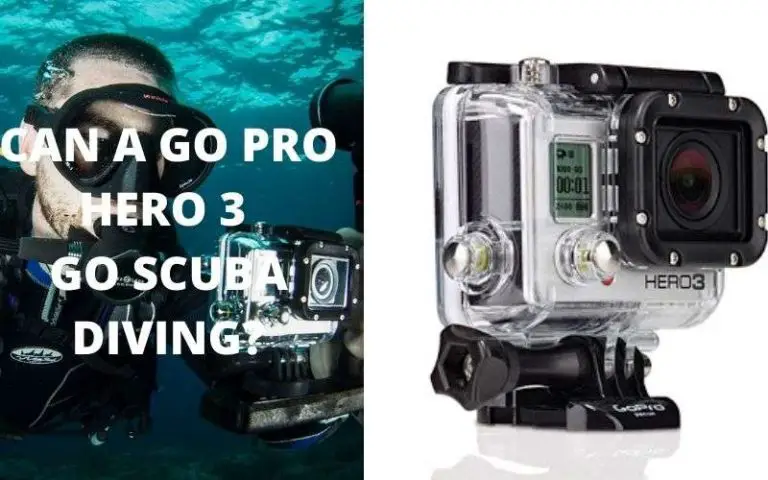
Swimsuits are the quintessential summer attire, but it’s disheartening when your favorite swimwear loses its vibrancy after just a few outings.
Fortunately, you can employ some strategies to prolong your swimsuit’s lifespan, preserving those captivating colors and ensuring you look fabulous every summer.
In this comprehensive guide, we’ll delve into the finer details of how to safeguard your swimsuit from fading, allowing you to bask in its brilliance not only this season but for many seasons to come.
The Influence of Swimsuit Materials on Color Fading

Understanding the materials that constitute your swimsuit is pivotal in determining its longevity and ability to retain its vibrant colors. Let’s explore the fabrics often utilized in swimwear and their impact on color preservation:
Nylon
Nylon, renowned for its lightweight and quick-drying qualities, is a popular choice for swimsuits. However, it has minimal resistance to chlorine and sunlight, making it susceptible to color fading.
Lycra
Often blended with other materials, Lycra is celebrated for its exceptional stretch and shape retention. Lycra exhibits impressive chlorine resistance, making swimsuits incorporating this fabric more durable and color-retentive.
Polyester
Polyester stands out for its robustness and resistance to both chlorine and sunlight. It effectively safeguards your swimwear’s colors, though it may not be as soft as other materials.
The Culprits Behind Swimsuit Fabric Fading
Several factors, including exposure to the sun, chlorine, salt, and even sunscreen, contribute to the loss of your swimsuit’s luster:
Sunlight
Prolonged exposure to sunlight leads to color fading in swimsuits, primarily due to the breakdown of dyes caused by ultraviolet (UV) rays.
Chlorine
Chlorine, commonly found in pools, reacts with the dyes present in swimsuits, resulting in color fading and fabric deterioration. Opting for chlorine-resistant materials like Lycra can mitigate the adverse effects of chlorine exposure.
Salt
Saltwater can accelerate the fading of your swimsuit’s colors by breaking down the fabric’s fibers and dyes. While it may be challenging to avoid saltwater at the beach, you can minimize the effects by rinsing your swimsuit promptly after swimming.
Sunscreen
Essential for protecting your skin, sunscreen can, unfortunately, discolor your swimsuit. Balancing the need for sun protection and swimsuit preservation is crucial.
Navigating the Inevitable Exposure
Given the omnipresence of sunlight, chlorine, salt, and sunscreen during aquatic escapades, you may wonder how to manage these factors for the benefit of your swimwear. Here are some steps to consider:
Prompt Rinsing
Immediately after your swim, rinse your swimsuit in freshwater. This practice removes chlorine, salt, and other potentially harmful substances, significantly reducing the risk of color fading.
Opt for Indoor Pools
Swimming indoors limits your exposure to damaging elements to primarily chlorine. If your goal is to preserve your swimwear for an extended period, favor indoor pool swims over beach and outdoor pool excursions.
Strategies to Prolong Swimsuit Vibrancy
Extend the vibrant life of your swimsuit by following these precautionary measures:
Pre-treatment
Soak your swimsuit in a mixture of filtered water and distilled vinegar for 20-30 minutes before wearing it for the first time. This pre-treatment helps seal in the colors, ensuring they remain vivid for a more extended period.
Immediate Post-swim Rinse
After each swimming session, rinse your swimsuit in fresh water to eliminate chlorine, salt, and other substances that contribute to color fading.
Chlorine-resistant Fabrics
Invest in swimsuits constructed from chlorine-resistant materials, particularly if you frequent chlorinated pools. These materials are engineered to withstand the harmful effects of chlorine on colors and fabric.
Mindful Sitting
Be cautious about rough surfaces that can potentially damage your swimsuit. Avoid sitting directly on abrasive surfaces while wearing your swimwear. If necessary, use a towel or rash guard for added protection.
Swimsuit Care and Maintenance

Maintaining the pristine condition of your swimsuit requires meticulous care and maintenance. Follow these rinsing and washing techniques:
Post-swim Rinse
Rinse your swimsuit in fresh water after each use. This practice is especially crucial after swimming in chlorinated pools or saltwater to prevent the deterioration of your swimsuit’s fabric. It’s a simple yet effective method to remove salt and chlorine.
Hand Washing
Hand-washing your swimsuit is the preferred method to extend its life and preserve the colors. Use cold-to-room-temperature water and a mild detergent to gently wash your swimwear.
Turn Inside Out
To protect the delicate outer fabric and prevent snags, turn your swimsuit inside out before washing.
Avoid Over-soaking
Do not leave your swimsuit to soak for an extended period, as it can affect its shape. Quick and gentle washing is the best practice.
Pre-treating Stains
If your swimsuit has stubborn stains, pre-treat them with a gentle detergent before washing to avoid potential discoloration.
Drying Procedures
Proper drying methods significantly influence the longevity and quality of your swimsuit. Observe these guidelines for optimum results:
Lay Flat to Dry
After washing, lay your swimsuit flat on a clean and dry towel. This ensures minimal stretching and prevents discoloration. Do not wring out your swimsuit or hang it on a clothesline.
Avoid Direct Sunlight
To protect your swimsuit’s colors from fading, refrain from drying it in direct sunlight, which can break down the fabric and expedite color fading.
Avoid the Dryer
The heat from a dryer can harm your swimsuit’s elasticity and may result in color fading. Air-dry your swimwear to maintain its shape and vibrancy.
Pat Dry with a Towel
Gently use a towel to press out excess water, taking care not to twist or wring the fabric.
Frequently Asked Questions
Let’s address some common questions related to preserving swimsuit colors and care:
How can I prevent my bathing suit from losing its color?
To prevent your bathing suit from losing its color, always rinse it in cold water immediately after swimming to remove chlorine, salt, and other chemicals. Limit its exposure to sunlight by drying it in the shade, and avoid using a washing machine or dryer. Hand wash your swimwear with a gentle detergent formulated for swimwear to maintain its color vibrancy.
Is there a natural method to wash swimsuits and prevent fading?
Yes, you can use a natural method to wash your swimsuits. Soak your swimsuit in a solution of equal parts water and white vinegar (1 tablespoon of vinegar for each cup of water) for 30 minutes to neutralize chlorine before gently washing your swimwear by hand. This will help maintain the fabric’s quality and color.
How can I remove yellow chlorine stains from a bathing suit?
To effectively remove yellow chlorine stains from a bathing suit, consider the following natural and safe methods:
Lemon Juice Solution
- Prepare a solution by mixing equal parts water and lemon juice.
- Gently rub the solution onto the stained area of your bathing suit.
- Allow your swimsuit to air-dry in the shade.
Color-Safe Bleach
- If the lemon juice method doesn’t fully remove the stains, you can resort to a color-safe bleach.
- Follow the instructions on the product label to ensure safe and effective stain removal.
Before applying any stain removal method, it’s wise to conduct a patch test on a small, inconspicuous area of your bathing suit. This will help you ascertain the impact of the treatment without risking damage to the entire swimsuit.
By adhering to these techniques and tips, you can prolong the life of your swimsuit and retain its vibrant colors, ensuring that you look stylish and confident on every beach or poolside outing. Remember that proper care and maintenance are the keys to preserving your swimwear and enjoying it for many sunny seasons to come.












